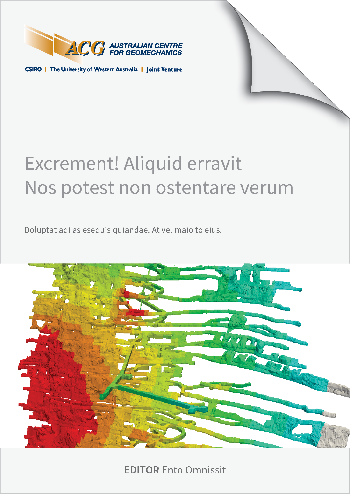A wet muck risk models impact for the Diablo Regimiento sector at El Teniente mine

|
Authors: Latorre, A; Basaure, K; Castro, R; Labra, F; Alvarez, P |
DOI https://doi.org/10.36487/ACG_repo/2435_H-05
Cite As:
Latorre, A, Basaure, K, Castro, R, Labra, F & Alvarez, P 2024, 'A wet muck risk models impact for the Diablo Regimiento sector at El Teniente mine', in Daniel Johansson & Håkan Schunnesson (eds), MassMin 2024: Proceedings of the International Conference & Exhibition on Mass Mining, Luleå University of Technology, Luleå, pp. 1113-1131, https://doi.org/10.36487/ACG_repo/2435_H-05
Abstract:
The intrusion of wet muck with its potential for mud rushes poses significant risks to workers, equipment, and infrastructure at El Teniente Mine, as well as at other underground operations around the world. This article presents the development of a probabilistic model that incorporates both a logistic regression model and a risk level classification model to estimate high and medium-risk zones for wet muck events in short-term mine planning at El Teniente. The model has been integrated into BCRisk®, a machine-learning software designed to estimate hazards associated with the extraction process for underground mines. The most significant variables associated with the occurrence of wet muck events were identified through univariate and multivariate analyses. These operational, environmental, topographic, and lithological variables were then incorporated in the model to determine high and medium-risk zones for wet muck events in the Diablo Regimiento sector. Operational variables included uniformity and extraction rate, while environmental and topographic variables included the distance from the drawpoint to the surface, laboratory moisture of drawpoint, and precipitation. Additionally, a variable related to the extracted lithology, specifically the percentage of material from upper sectors or broken ore, was integrated, which was obtained from FlowSim BC v6.3 gravity flow software. The results highlight the precision and predictive capability of the probabilistic model. In the Diablo Regimiento sector, the probabilistic model accurately predicted 86% of high-risk wet muck events and successfully identified high-risk zones within the operational footprint. This risk modeling approach emerges as a fundamental tool for short-term planning and decision-making, aiming to minimize the risks associated with wet muck events at El Teniente Mine. The robustness and predictive capacity of this model make it suitable for applications in future sectors facing similar challenges related to the occurrence of wet muck events.
© Copyright 2025, Australian Centre for Geomechanics (ACG), The University of Western Australia. All rights reserved.
View copyright/legal information
Please direct any queries or error reports to repository-acg@uwa.edu.au
View copyright/legal information
Please direct any queries or error reports to repository-acg@uwa.edu.au